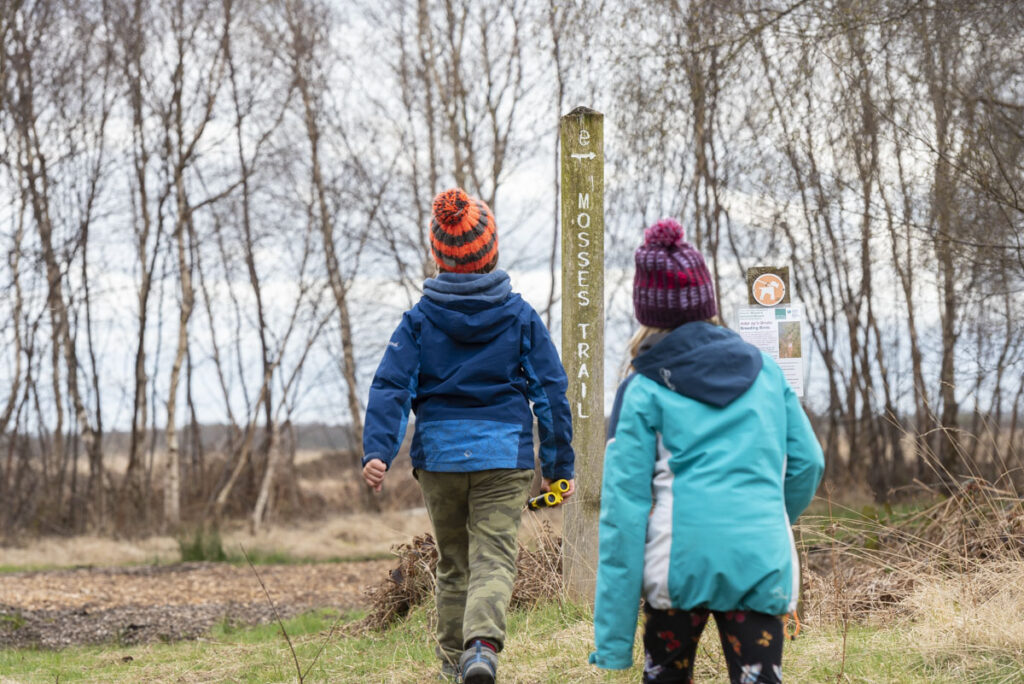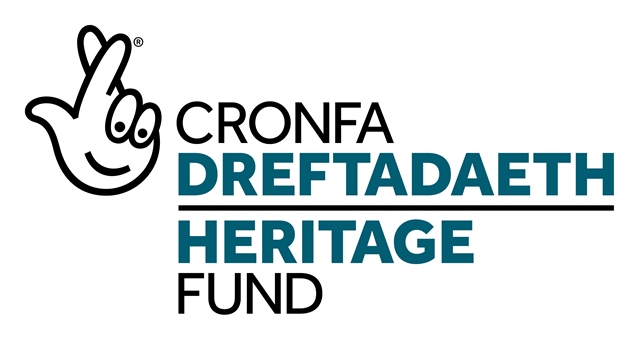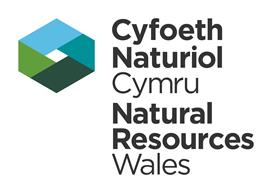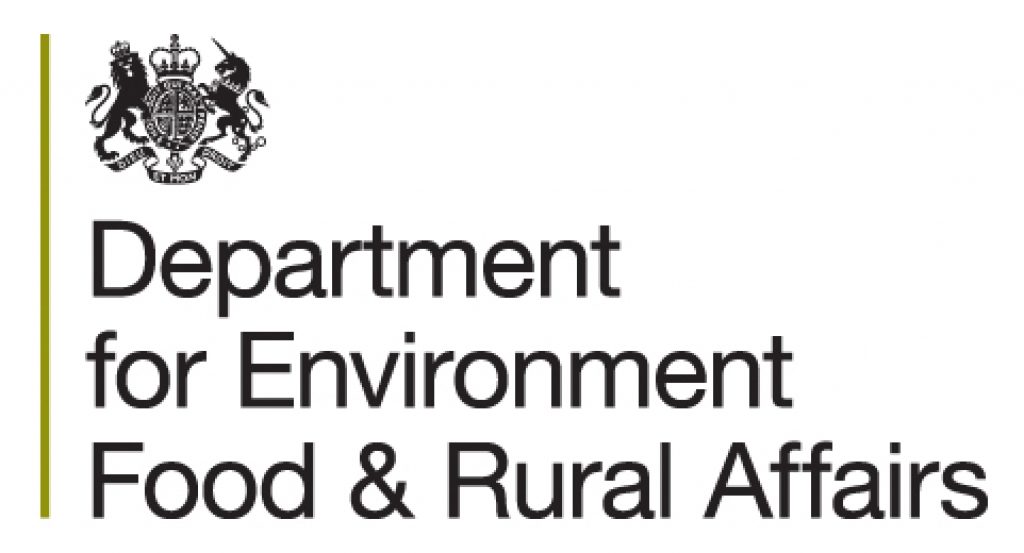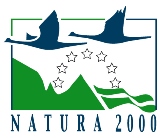COP26 Explained
November 1, 2021

Note: This post has a link to an external website.
Main photo credit: Tim Walter
COP26 Explained
We’ve been reading about the upcoming COP26 meeting being held in Glasgow from now until 12 November 2021 But what’s it all about? Let’s start with the basics.
COP stands for the UN Climate Change Conference of the Parties.
The “26” means that this is the 26th such meeting since the COPs began with the first meeting held in Berlin in March 1995. Meetings have been held nearly every year since, although not in 2020 due to the pandemic. The “parties” are all the countries that have agreed to be part of the Convention, currently 197 countries.
A bit of history:
The process began in 1992, when countries joined an international treaty, the United Nations Framework Convention on Climate Change. This was a framework for international cooperation to combat climate change. It sought to do that by limiting average global temperature increases and the resulting climate change, and coping with impacts that were, already by 1992, inevitable.
Goals of the COP26 meeting in Glasgow
The Paris Agreement goals did not come close to limiting global warming to 1.5 degrees. The window for achieving this goal is closing, so the next decade – from now to 2030 – is crucial. At COP26, countries will need to go much further to keep alive the chances of meeting this goal.
The meeting will focus on negotiations involving all the 197 parties to the Convention to achieve four goals:
- Secure global net zero by the middle of the 21st Century and keep the 1.5 degrees global warming limit within reach.
- Adapt to protect communities and natural habitats by protecting and restoring ecosystems and building defences and resilient infrastructure.
- Mobilise finance to meet the promise to mobilise at least $100bn in climate finance per year.
- Work together with governments, businesses, and civil society to meet the challenges of the climate crisis.
The Wildlife Trusts are campaigning for stronger action to be taken by World Leaders to reduce CO2 emissions. It needs to be made more clear that nature recovery and combating climate change go hand in hand. At the Marches Mosses, we are restoring a huge peatland, which plays a key role in absorbing and storing carbon. But there are lots of other ways to use nature to help combat extreme changes in the climate of the planet. You can find out more at the Shropshire Wildlife Trust website or by visiting the Mosses for a walk in this precious landscape.
